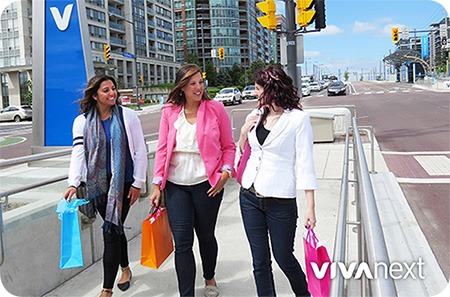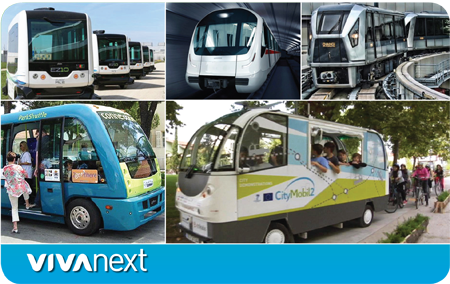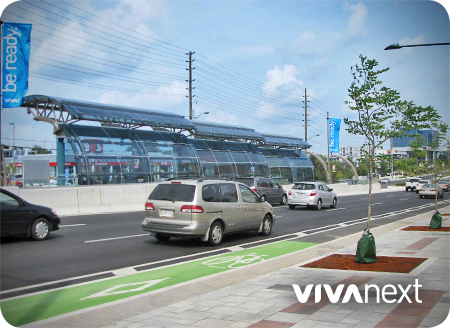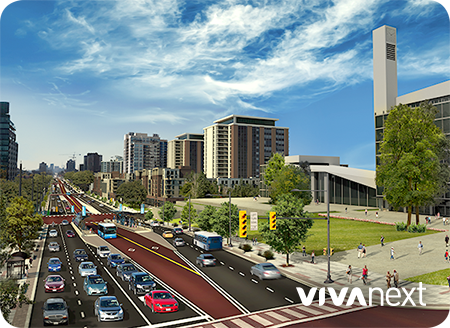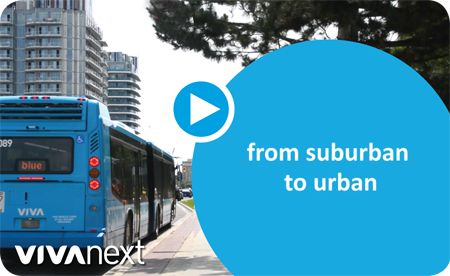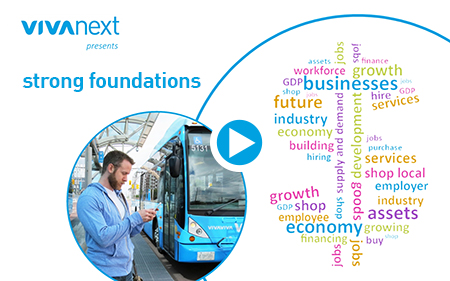With the launch of the #YongeSubwayNow petition and campaign for full funding of the Yonge Subway Extension, there has been a lot of conversation around where subway should be built, and whether the Yonge Subway Extension or Downtown Relief Line should be built first.
At York Region Rapid Transit Corporation [vivaNext] we’ve been leading the design and engineering studies for the Yonge Subway Extension, so we have a few thoughts on these important topics.
considering the options
To some it might seem as if the Yonge Subway Extension is a new plan, but really it’s been in the works for many years, and it’s pretty far along. It was first included in York Region’s Official Plan over 20 years ago in 1994. The Environmental Assessment was completed and approved way back in 2009, and in 2012 the Conceptual Design Study was completed and approved by TTC and York Region.
This isn’t a blind push for a subway – we’ve looked carefully at the options. LRT and dedicated BRT lanes were considered, but due to factors such as narrow road space and high ridership, only a subway will work here.
building in parallel
Transit should not be a York vs. Toronto issue. Instead, the focus should be on what investments will contribute best to helping people get where they need to go conveniently and most cost-effectively. That’s why, for example, we think both the Yonge Subway Extension and the Downtown Relief Line need to be built. And we know the Province of Ontario agrees, because both projects are on Metrolinx’ list of top priority projects. In fact, a relief line that reaches all the way to Sheppard Subway would be particularly helpful to the Yonge Line, especially if a rapid transit connection can be added later to travel north from Sheppard.
Transit expansion benefits people on both sides of our municipal borders. Today, we see a significant number of travelers headed northbound in the AM period to a growing number of jobs in York Region. Cross-boundary transit reduces traffic congestion on GTA roads, and increases the pool of customers and skilled employees for Toronto businesses.
With the current state of transit in the GTA, transit projects that are as important as these shouldn’t be built consecutively. Projects like these typically take at least 10 years to design and build, so they should be built in parallel. We can’t wait for one to be complete before starting another.
A GTA transit network means expanding options and crossing borders. It means we have to move forward with as much transit as possible, in the places where it’s needed. And we can all benefit from that.


